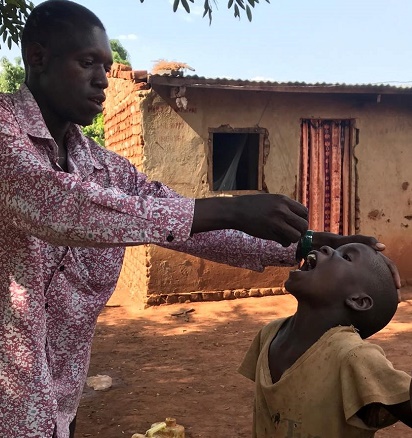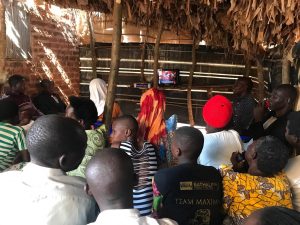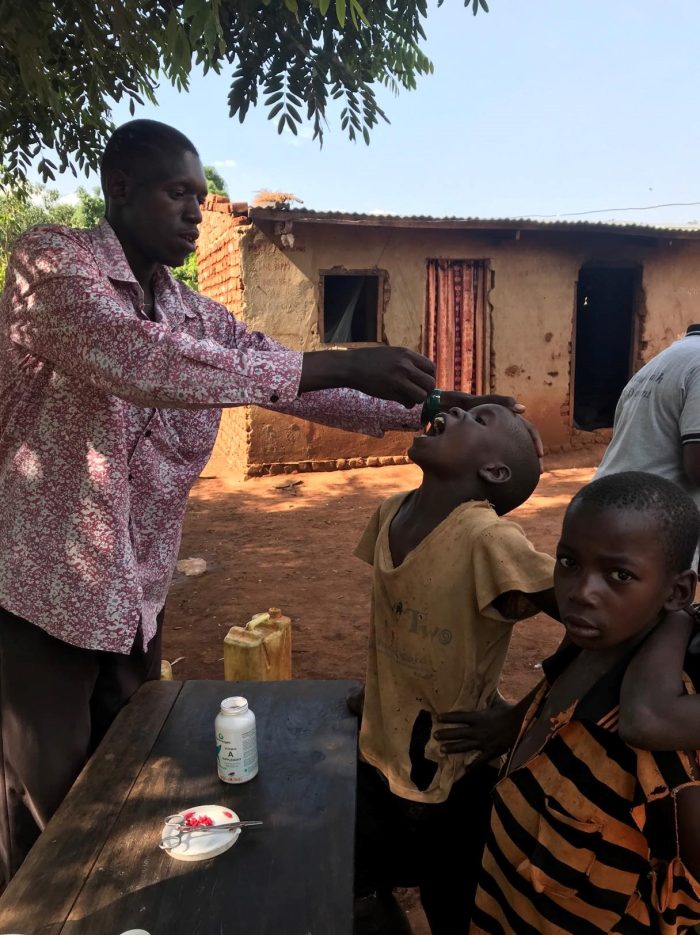

By Elizabeth Hentschel | As I reflect on my past month in Uganda with the Community in which Mothers and Newborns Thrive (COMONETH) Project team in Luuka District of Eastern Uganda, I am overwhelmed by how much I have gained from my internship. I’ve seen firsthand how VHTs (also known as community health workers), provided support and supervision, can make a substantial difference in their communities. I’ve begun to understand how influential a woman’s community is in determining her healthcare outcome. Additionally, I’ve seen how the capacity building COMONETH is aiming for- by focusing on the community and facility components- is essential to improve the health of individuals in this community.
I spent my culminating week with the COMONETH Project of Makerere University with the fieldwork team, focusing on support and supervision of the VHTs. I visited several sub-counties, where I observed Betty and Joshua (project staff) lead meetings focused on the sub-counties’ specific failures, ways to improve upon those failures, and the challenges that these VHT’s face. Many sub-counties’ VHTs were failing to report on time, were giving referrals to mothers but weren’t following up with them to see if they went to the facility and were failing to mobilize mothers to get immunized. Betty and Joshua stressed the importance of fixing each of these issues by providing compelling stories from other districts. They also encouraged the VHT’s to focus on the respect and knowledge that they receive as VHTs in their community, not any monetary reward. The VHTs responded by providing their own challenges. One VHT shared that she had referred a mother to a facility for a vaccination, but the facility turned the mother away because they were out of that vaccination. This struck me in particular. Up until then I understood that it was important to focus on both the community and facility component- but I didn’t necessarily understand how they interacted. If the intervention focused solely on the community component, similar incidents at health facilities are likely to reoccur. These incidents have the potential to be extremely detrimental to the community component (the VHT’s validity), since the VHT was the one that recommended the woman to that facility. This reiterated how important capacity building is within this community. We cannot fix solely one aspect of the health system; we need to strengthen it as a whole.

At the end of the VHT support and supervision meetings, there is an allotted time for VHT’s to share success stories. This is always my favorite part of the meeting because although it’s easy to get discouraged by statistics and low MoH ratings- these stories highlight why VHT’s do the work they do and why it’s so important. One VHT shared an experience about a time when she was doing her community rounds and providing health education to pregnant women and new mothers. She noticed one baby that was extremely small, and she asked the mother: Why does your baby look like this? Did you take your baby to get immunized? The mother did not know why her baby was so small, and with the VHT’s referral, she took her baby to get immunized. At the health facility she learned that both her and her baby were HIV positive. After she learned that, the mother and her baby started ARV therapy. Today that baby is happy and healthy, and the mother has thanked the VHT on multiple occasions. Other VHTs shared stories about how being a VHT has given them a great deal of respect in their community, and they have become leaders in their community because of it.

The success stories were plentiful, each one more inspiring than the one before. This positive energy continued as we visited a VHTs home for a village video showing on the correct maternal care practices. The VHT encouraged women to bring their children to this video showing- so that the children could receive Vitamin A and deworming medication, while the mothers received health education. The turnout was phenomenal. So many women came that they had to show the video in two shifts. After the video showing, a VHT explained parts of the video that may have been confusing, and also answered the women’s many questions. Observing this was incredibly inspiring. I learned that women in Luuka want to learn, and they are willing to do whatever it takes to provide a safe and healthy life for them and their children. The video showing is an innovative and efficient way to educate many women at the same time. I am proud to be a part of COMONETH and hope to continue to be involved with this project as it works towards improving the quality of life of women and their children in the Luuka District.
*The author is a Master of Science Student Studying Global Health and Population at the Harvard T.H. Chan School of Public Health.
